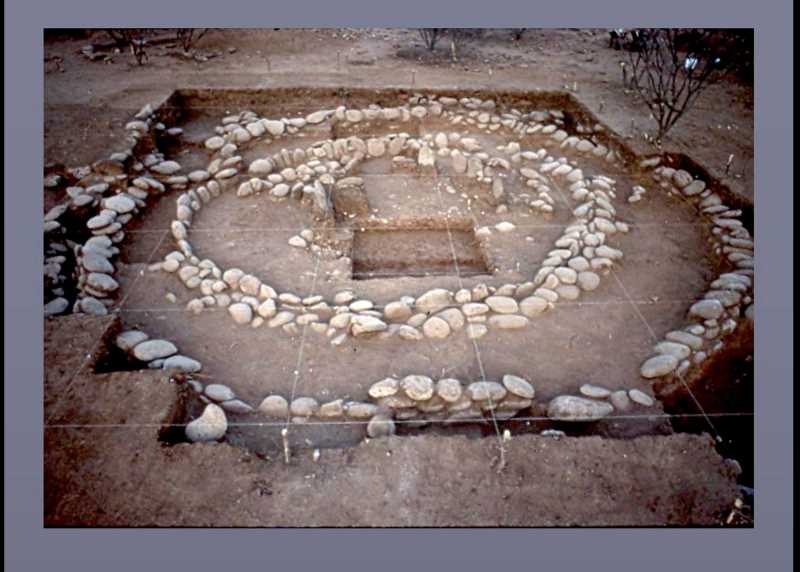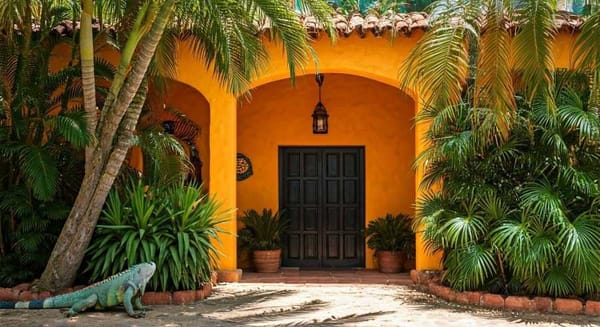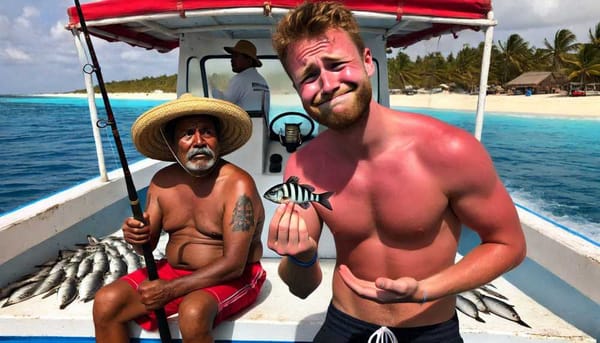The Lost Bolaños Culture That Time Almost Forgot
Approximately two millennia ago, a unique Mesoamerican culture flourished in present-day Zacatecas and Jalisco. María Teresa Cabrero García has spent decades uncovering the secrets of the Bolaños Culture. Her discoveries include a rare shaft tomb and distinct “smoker” figurines.

Approximately two millennia ago, a unique Mesoamerican culture flourished in what is now the southwest of Zacatecas and northeast of Jalisco. This culture, although relatively lesser-known compared to its peers like the Maya or Aztec, thrived for over a thousand years, leaving behind tantalizing clues about its rich heritage.
For the past four decades, María Teresa Cabrero García from UNAM's Institute of Anthropological Research has dedicated herself to uncovering the secrets of the Bolaños Culture. One of her most significant discoveries includes a rare shaft tomb at El Aguacate, unique in western Mexico and Mesoamerica. This underground mortuary structure boasts two chambers, connected by a passage with an additional shaft built in the northern chamber's vault.
Among her other findings were distinctive figurines termed “the smokers.” Unlike the Mayan depictions in Palenque where priests are seen smoking tobacco through elongated tubes, the Bolaños representation showcases figures with cigars directly placed in their mouths, suggesting varied cultural practices.
In recognition of her invaluable contributions, Cabrero García has been honored with awards such as the “Tenamaztle” by the University of Guadalajara and the “Investigador Nacional” by the National Institute of Anthropology and History (INAH). Most of the artifacts she uncovered now reside in the National Museum of Anthropology's West Hall.
The Bolaños people, who resided in the canyon that bears their name, likely originated from the Guachimontones culture near the Magdalena Lake basin, which thrived between 300 B.C. and A.D. 400. Their distinctive architectural imprints, like circular ceremonial complexes, were carried over to Bolaños. By approximately A.D. 25-35, the first settlers reached the Canyon, gradually developing a unique culture, heavily influenced by their desire for the green stone found in Chalchihuites.
During Cabrero García's exhaustive studies, which began as part of her doctoral research, she identified over 110 archaeological sites along the canyon, highlighting the region's importance as a trade hub. These sites, strategically positioned on either side of the Bolaños River, played host to trade caravans, exchanging a plethora of goods.
One particular site, El Piñón, stands as a testament to the Bolaños Culture’s prowess. Acting as a control point for trade routes, it features terraced landscapes, a ballgame court, a steam bath (temazcal), and multiple shaft tombs. Cabrero García's investigations revealed that these tombs were reused multiple times, with the deceased being cremated and their ashes stored in pots.
Artifacts unearthed from these sites, such as human and dog figurines, shells, pots with ashes, and intricate bowls, provide glimpses into the Bolaños' artistic sensibilities and their broad trading networks. Some figures even seem to depict characters resembling astronauts, hinting at the culture's vivid imagination or advanced understanding.

Evidence of interaction with the famed Teotihuacan people is seen through artifacts like an earflare with the image of the rain god Tlaloc and a pendant resembling a feathered serpent, crafted from marine shell.
By the second period of the Bolaños Culture's existence, the influences of various neighboring cultures are evident. Diverse artifacts made from shell, bone, obsidian, stone, cotton, and copper fabric showcase the expansive trade networks they maintained. As Cabrero García eloquently puts it, “Bolaños had life as long as they had a way of exchanging objects.”
While many mysteries surrounding the Bolaños Culture remain, such as the language they spoke or the exact reasons for their decline around the 12th century, the work of dedicated scholars like Cabrero García ensures they are not forgotten. As she rightly concludes, understanding our heritage is crucial not just for appreciation but for its preservation for future generations.




